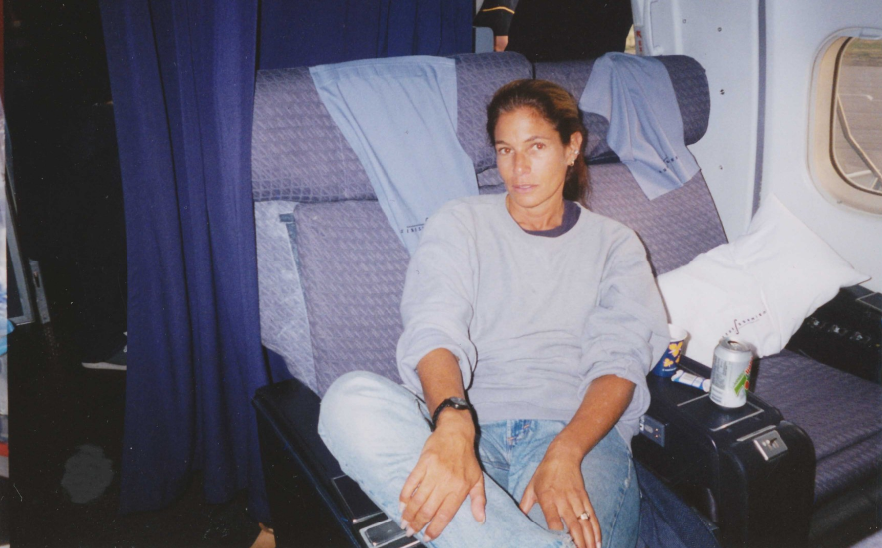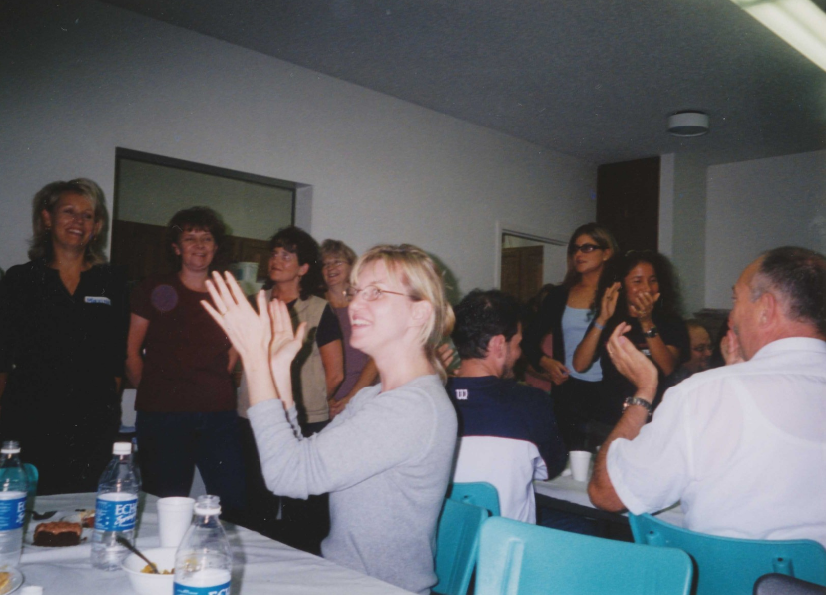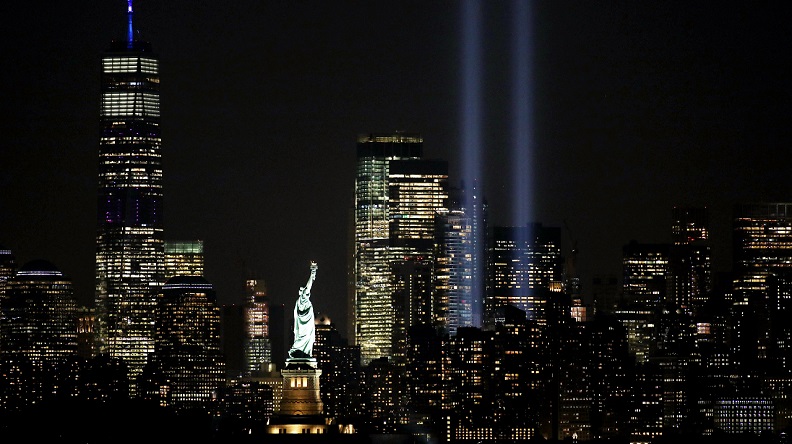“Lend a Hand, Do What You Can”: Remembering the Generosity of Gander
“Lend a Hand, Do What You Can”: Remembering the Generosity of Gander
On September 11, 2001, airline passenger Jacqueline Pinto was flying home to New York from a vacation in Italy. During the flight, she heard the pilot announce a delay in landing, but did not realize how serious the situation was until her plane landed a thousand miles away at Gander International Airport in Newfoundland, Canada. Hers was one of more than 250 flights forced to divert to Canada because of the closing of American airspace. Thirty-eight commercial flights touched down in Gander that day.
The mood on Pinto’s plane changed from confusion to shock as news of the terrorist attacks reached the cabin via phone calls and announcements from the cockpit. Pinto spent more than 24 hours confined to the plane with her fellow passengers and the crewmembers as security personnel examined each diverted aircraft.
Finally cleared to disembark and go through customs, Pinto, the passengers, and the crew left the airport by school bus. Neither Gander, with a population of nearly 10,000, nor towns in the surrounding area had enough hotel space for approximately 7,000 stranded passengers. Local residents responded.
Community television stations put out a call to “lend a hand, do what you can.” Schools and nonessential businesses were closed, allowing Newfoundlanders ranging from senior citizens to schoolchildren to volunteer.

Greeting the “plane people” with warmth, locals provided meals, clean bedding, and hot showers. Schools, churches, and legion halls were converted into makeshift dormitories. Some residents, including Derm Flynn, the mayor of the town of Appleton, even invited visitors to stay in their homes. The passengers on Pinto’s flight were sheltered in a church in the town of Lewisporte.
Area pharmacies filled prescriptions without cost, banks of free public telephones were installed so visitors could call home, and donations of toiletries, clothing, and food flowed in. Much of the food was stored at the Gander Community Centre’s ice rink, turning it into “the largest walk-in freezer in the country,” according to Gander’s mayor, Claude Elliott.
Once basic needs were met, the Newfoundlanders worked to entertain the visitors. They organized tours of the town, bowling matches, and concerts by local bands. Visitors also were introduced to regional cuisine, including stewed moose. When asked about their generosity, many residents responded that their efforts were not out of the ordinary. “For us, it was just every day,” said Janice Goudie, a local newspaper reporter. “You don’t turn your backs on people in need.”

After United States airspace reopened on September 13, planes began to depart Gander. “We didn't want to leave,” recounted one passenger, recalling her tearful goodbye. “We really were having a great time with those Newfoundlanders.” Pinto’s flight was cleared to head to the United States on September 15. Before departing, Pinto purchased a souvenir tile at the airport to commemorate her experience in Newfoundland and the hospitality she received.
The “plane people” did not forget their time in Canada once they arrived at their final destinations. Passengers kept in touch with one another and their Newfoundland hosts by phone, made websites dedicated to their individual flights, and even traveled back to Gander for anniversaries of the attacks. The passengers and crew of one flight created a scholarship fund for students in the Gander area. The initial donation of $15,000 has, since 2001, grown to more than $1 million and provided scholarships to more than 200 local students.
Newfoundlanders, too, remember this extraordinary moment in their history. In Appleton, residents built a Peace Park from $5,000 donated by stranded passengers. The park features a section of World Trade Center steel and a monument dedicated to first responders. Every year on 9/11, Appleton holds a ceremony to remember those killed in the attacks, and to honor those who cared for the stranded passengers. “There is goodness in the world,” Appleton’s Mayor Flynn said in a 2017 interview, “that floats to the top in times of disaster."
By Alison Tretter, Exhibition Developer, 9/11 Memorial & Museum
Previous Post
Trying to Remember the Color of the Sky on That September Morning

At the heart of the 9/11 Memorial & Museum’s mission is the promise to commemorate the 2,983 killed as a result of the 9/11 and February 26, 1993 attacks. The Memorial and the Museum fulfills this sacred responsibility in many ways—through memorialization, through education and, in some cases, through artistic expression.
Next Post
Tribute in Light Reminds New Yorkers, and the World, That Out of Darkness Shines Light

Outside of the sacred space of the 9/11 Memorial & Museum itself, one of the most beloved, moving, and memorable ways the institution fulfills its mission to commemorate the 2,983 people killed in the 9/11 and February 26, 1993 attacks is Tribute in Light.